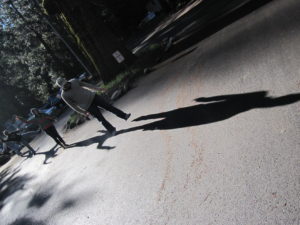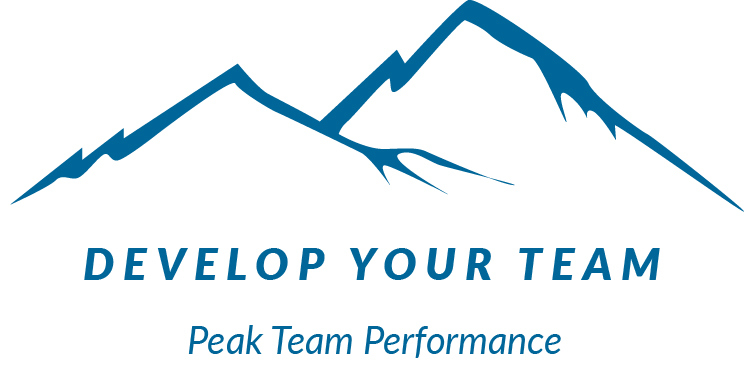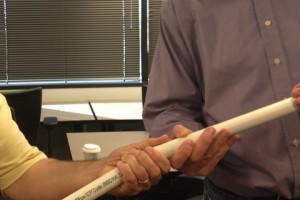You’ve just wrapped up an energizing and motivational day of team development. Now what? How do you keep the momentum going?
 Fortunately, there are plenty of opportunities to be purposeful about ongoing team development! Looking for ways to make the most of those opportunities on a regular basis is the key to turning your team into a cohesive, engaged, and collaborative unit. And when you do that, your team members become more competent communicators, problem solvers, decision makers, and innovators. By making team development a priority, you demonstrate that you believe the team is worth investing in. Sustained focus on the team builds on the foundation of trust, communication, and collaboration necessary to achieve peak performance in achieving your organization’s goals.
Fortunately, there are plenty of opportunities to be purposeful about ongoing team development! Looking for ways to make the most of those opportunities on a regular basis is the key to turning your team into a cohesive, engaged, and collaborative unit. And when you do that, your team members become more competent communicators, problem solvers, decision makers, and innovators. By making team development a priority, you demonstrate that you believe the team is worth investing in. Sustained focus on the team builds on the foundation of trust, communication, and collaboration necessary to achieve peak performance in achieving your organization’s goals.
Here are a couple of ideas to continuously build your group into an effective team:
- Include a brief icebreaker activity at the beginning of routine meetings. Even something simple like having everyone share what they were listening to on the way to work that morning can help people feel more connected. Try this activity – it’s easy to do and always energizing! Tailor the questions to make the activity even more relevant to your team and organization.
- Plan for more extensive team development interactions at quarterly or six-month intervals to reinforce team values and goals. If your team already meets regularly, set aside time to focus on purposeful team development. You will be amazed at the impact an hour or two of sustained reinforcement will have on the cohesiveness and performance of your team! Here’s an example of a trust-building activity that you might use.
Every step you take is valuable in developing your highly-effective, top-performing team. Team development is a process – it takes ongoing work and commitment. But the outcome is well worth the effort!
What are some of the things you’ve done to develop a peak-performing team? I’d love to hear your thoughts!

